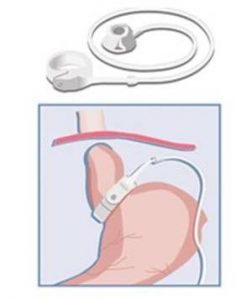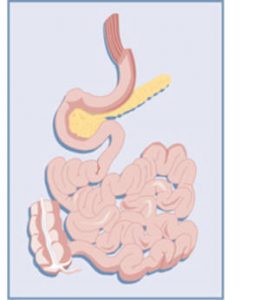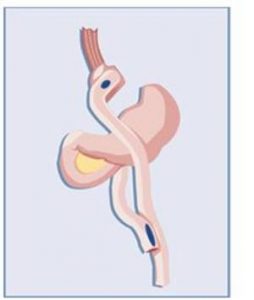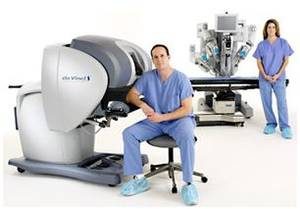SLEEVE GASTRECTOMY IN TURKEY
STOMACH REDUCTION SURGERY
Obesity surgery fundamentally depends on two principles: the decreasing of stomach volume, and/or ‘malabsorption,’ i.e. the prevention of food absorption in certain stages. These operations are lifesaving when performed on the right patient at the right time.
For whom ist this surgery suitable?
Obesity surgery is suggested to patients with body mass indexes of 35 and above who cannot lose weight with programs such as specialist-controlled medical nutrition, exercise, or medical therapy. It is also recommended for patients with body mass indexes above 30 who also suffer from conditions like high blood pressure, diabetes, and sleep apnea that negatively affect life quality. The decision on the type of operation to perform is made following various examinations and observations done by specialists.
It is advised that fertile women planning to have a baby in the near future to consult their doctors before doing so as pregnancy is not recommended within the first twenty-four months following obesity surgery.
The following methods are performed in general for obesity surgery and all present patients with a more comfortable recovery period than open surgery through the use of laparoscopic or robotic surgery methods that use only small incisions. Patients return to their daily lives in a very short time and adjust to their new diets monitored by metabolism specialists and dieticians of the Acibadem Obesity Center.
1) The Gastric Band
In the adjustable silicone gastric band method, commonly known as the stomach staple, a band is placed around the stomach just below the point of junction of the esophagus and the stomach, decreasing the volume of the stomach. The inner shape of the band can be likened to a longwise balloon or a bicycle tire. This balloon is connected to a port positioned under the skin via a thin tube. From approximately one month after surgery, the band is gradually inflated from the port under the skin by serum injections, changing the volume of the stomach through a simple intervention. This method enables the patient to feel satiety and to consume only small amounts of food.
How is proceed?
he gastric band is applied upon many patients through laparoscopic methods. Since the operation is performed through small incisions, the patient can return to his/her daily life within a very short time
After the operation
With this surgery, the patient loses 60-80% of his/her excess weight between eighteen and twenty-four months following surgery. As long as no problems arise with the band, there exists no risk of weight regain.




2) The Gastric Sleeve
Also known as “sleeve Gastrectomy” in tube gastrectomies, the objective in this method is to decrease stomach volume (about 60-100cc) to enable the feeling of satiety with small amounts of food intake. With this objective, a certain segment of the stomach is removed by surgical procedure, leaving intact a tube-shaped stomach about size of a banana. The patient feels no hunger as the segment of stomach secreting the hunger hormone is also removed. This operation limits only the amount of food intake: There is no need for the patient to take supplementary vitamin or minerals as food absorption continues in the same way.
How is performed?
Tube gastrectomies also are performed by laparoscopic methods. The operation is done by entering the abdominal cavity through small incisions.
After the operation
After surgery, by consuming food in small volumes, the patient feels satisfied easily, this feelin of satiety transforming into a loss of appetite. Total food intake is decreased significantly and within a few years of surgery, 80-90% of the excess weight is lost.
The video for this operation you can watch here.
3) The Gastric Bypass
In gastric bypass operations, a small segment (about 30-50cc) of the stomach is stitched to the ileum, isolating a larger segment. This both decreases the volume of the stomach like in other obesity operations, and enables a portion of consumed foods to be excreted without absorption by inactivating a section of the bowels. Hence, it enables the patient to feel full with less food intake, of which only a certain amount is absorbed.
How is it performed?
Like other obesity surgeries, gastric bypass surgery is also performed by laparoscopic methods. The abdominal cavity is entered through small incisions, also protecting the patient substantially from probable risks such as post-surgery wound infections or hernia. The use of robots in gastric bypass leads to a safer operation in which three-dimensional images are utilized and difficult procedures operated with ease.
After the treatment
Following surgery, patients feel satisfied with only small amounts of food, leading to a decrease in appetite and significantly decreasing food intake. Decreased stomach size and reduced food absorption necessitate vitamin and mineral supplements, that are to be taken under the guidance of surgeons and dieticians who will enable the patient to lose weight without any loss of vitamins or minerals. The patient is able to return home three or four days after surgery.
The video for this operation you can watch here.




4) The robotic surgery
A recommendation by your doctor for an operation of weight control may also make you a candidate for obesity operations performed by da Vinci. These operations, -with the objective of decreasing stomach volume to enable the patient to feel satiety sooner and eat less- are among the best of methods considered the most efficient and definitive of modern therapies in obesity. Operating obese people by traditional open surgeries used to have significant difficulties and risks because of the general health status and wound healing problems of the patient. Robotic surgery enables visual and technical advantages, making the operation easier and more advantageous.
The gastric bypass operation, the first among obesity operations to be performed by the robotic surgery system is accepted as the gold standard in obesity surgery. It enables both a decrease in stomach volume and a reduction of absorption of consumed foods through the inactivation part of certain bowel segments. The performance of this operation by robotic surgery has significant advantages for obese patients. These include:
– Less blood loss and less need for blood transfusion
– Less infection risk
– Less pain and scars
– Reduced time hospitalized
– Reduced amount of time needed to return to daily life
Contact us today. We will assist you with pleasure.

